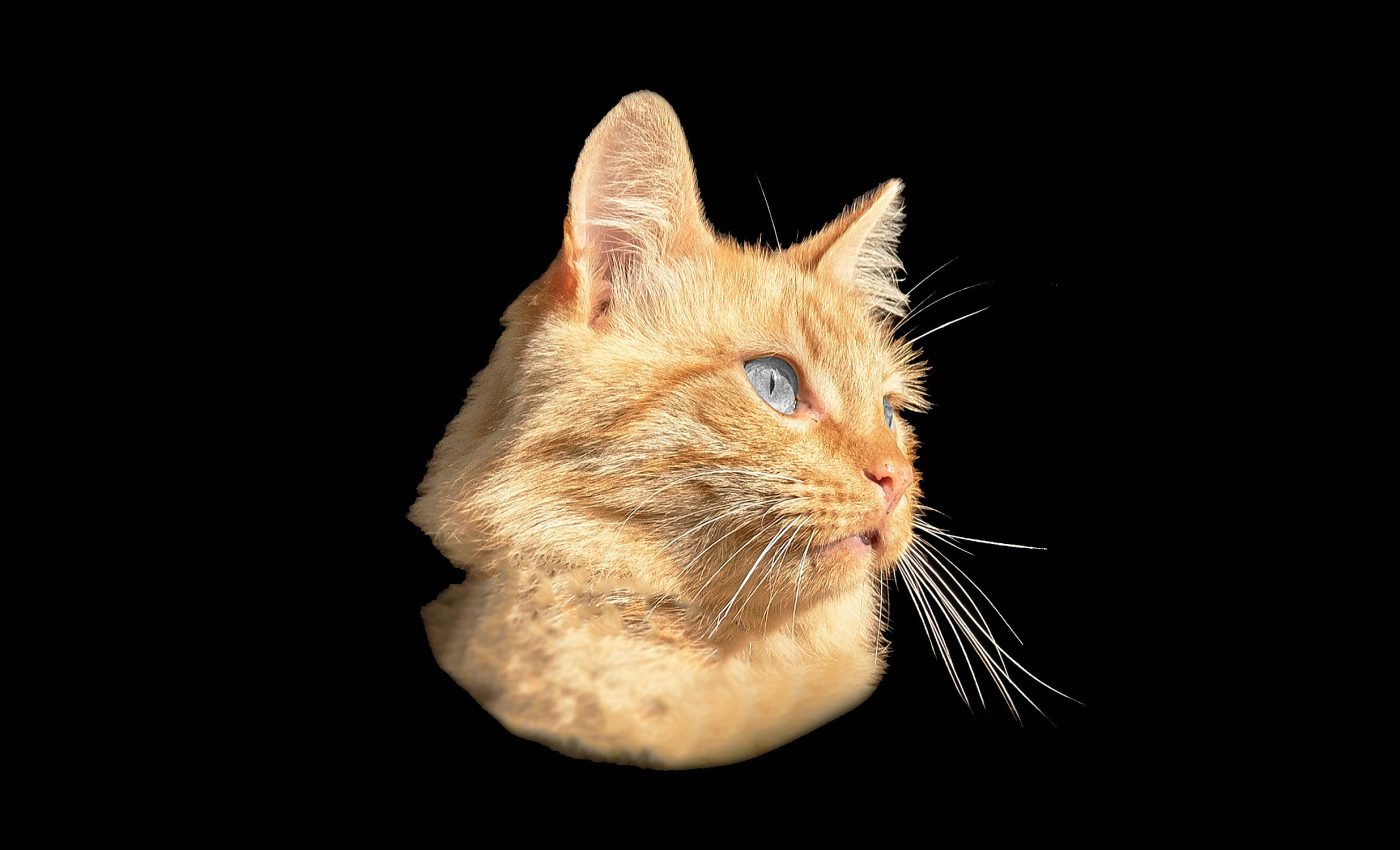
"Quantum cat" survives in superposition for a record-shattering 23 minutes
Quantum states, such as quantum superposition “cat states,” are notorious for their fragility, often disappearing in the blink of an eye. But imagine keeping such a delicate state stable not just for seconds, but for nearly half an hour.
That’s exactly what a team of scientists has achieved, maintaining a quantum superposition — known as a “cat state” — for an astonishing 23 minutes.
Quantum “cat states” and superposition
Quantum superposition is the idea that tiny particles can be in multiple states at the same time. A great way to understand this is through Schrödinger’s cat, a famous thought experiment.
Imagine you have a cat in a closed box with a device that has a 50% chance of releasing poison based on something random happening at the quantum level, like an atom decaying.
According to superposition, until you open the box to check, the cat is both alive and dead at the same time.
This strange scenario shows just how weird and mind-bending quantum mechanics can be, challenging our everyday ideas about how things work.
The “cat state” takes this superposition idea and applies it to something bigger and more familiar, like a cat, to highlight how bizarre quantum theory really is.
By imagining the cat being both alive and dead, we can better understand the tricky parts of quantum mechanics and why simply observing something can change its state.
This example is still a key part of conversations about what reality is really like and the mysterious behaviors of the quantum world.
Maintaining cat state stability
Leading the charge is Zheng-Tian Lu, a researcher at the University of Science and Technology of China.
His team’s record-shattering achievement completely disrupts our understanding of quantum mechanics and opens up exciting possibilities for future technologies.
Creating such states isn’t new, but keeping them stable has been a monumental challenge.
Usually, these superpositions collapse into a single state almost as soon as they form. Lu and his colleagues decided to tackle this problem head-on.
How did they pull this off?
They took about 10,000 atoms of ytterbium — a rare earth element — and cooled them down to a few thousandths of a degree above absolute zero.
Then, they used lasers to trap the atoms with electromagnetic forces.
Under these ultra-cold conditions, they could control the atoms’ quantum states with incredible precision. Each atom was placed into a superposition of two states with very different spins.
Now, you’d expect environmental disturbances to ruin the party pretty quickly, causing the atoms to settle into a single spin state in milliseconds or seconds. But here’s where the magic happens.
The researchers fine-tuned their lasers just right, allowing the cat states to last an unprecedented 1,400 seconds — that’s 23 minutes, or about the time it takes to watch your favorite sitcom without commercials.
Barry Sanders from the University of Calgary was impressed by the feat. He told New Scientist, “It’s a big deal because they’re making this beautiful cat state in an atomic system and it’s stable.”
Why quantum cat states matter
Why should you care about this? For starters, these long-lasting cat states are incredibly sensitive to their environment.
Think of them like ultra-sensitive probes that can detect the slightest changes around them.
Sanders explained, “A probe gets jiggled and pushed and nudged and prodded, and then by seeing what happens, you learn about the things that interact with it.”
The researchers showed that their cat state’s sensitivity for measuring magnetic fields is already nearing the fundamental limits set by quantum mechanics.
Because it sticks around for so long, the cat state isn’t just a one-trick pony; it can gather data over extended periods, capturing both quick blips and slow changes.
Real world applications
This could have big implications for studying subtle magnetic forces or even uncovering exotic effects in fundamental physics.
Imagine being able to detect minute changes in magnetic fields that were previously beyond our reach.
Looking to the future, these cat states might find a home in quantum information processing.
They could act as super-stable memory units, storing extra information and helping devices like quantum computers correct errors on the fly.
It’s not every day that we see such a leap in quantum stability. This achievement pushes the boundaries of what’s possible and brings us closer to practical quantum technologies. It’s like unlocking a new level in a game we thought we had figured out.
What happens next?
To sum it all up, this achievement by Zheng-Tian Lu and his team is a game-changer in quantum physics.
By keeping a quantum “cat state” alive for 23 minutes, they’ve shattered previous records and opened up a whole new world of possibilities.
Their clever use of ytterbium atoms and precise laser tuning demonstrates incredible control over quantum states.
It’s exciting to think about where this could lead us. From super-sensitive probes that can detect the tiniest magnetic forces to more stable quantum computers that can fix their own errors, the implications are huge.
While we might not see immediate changes in our daily lives, this kind of research pushes the boundaries of what’s possible and gets us one step closer to the next big leap in technology
The full study was published in the journal arXiv.
—–
Like what you read? Subscribe to our newsletter for engaging articles, exclusive content, and the latest updates.
Check us out on EarthSnap, a free app brought to you by Eric Ralls and Earth.com.
—–













